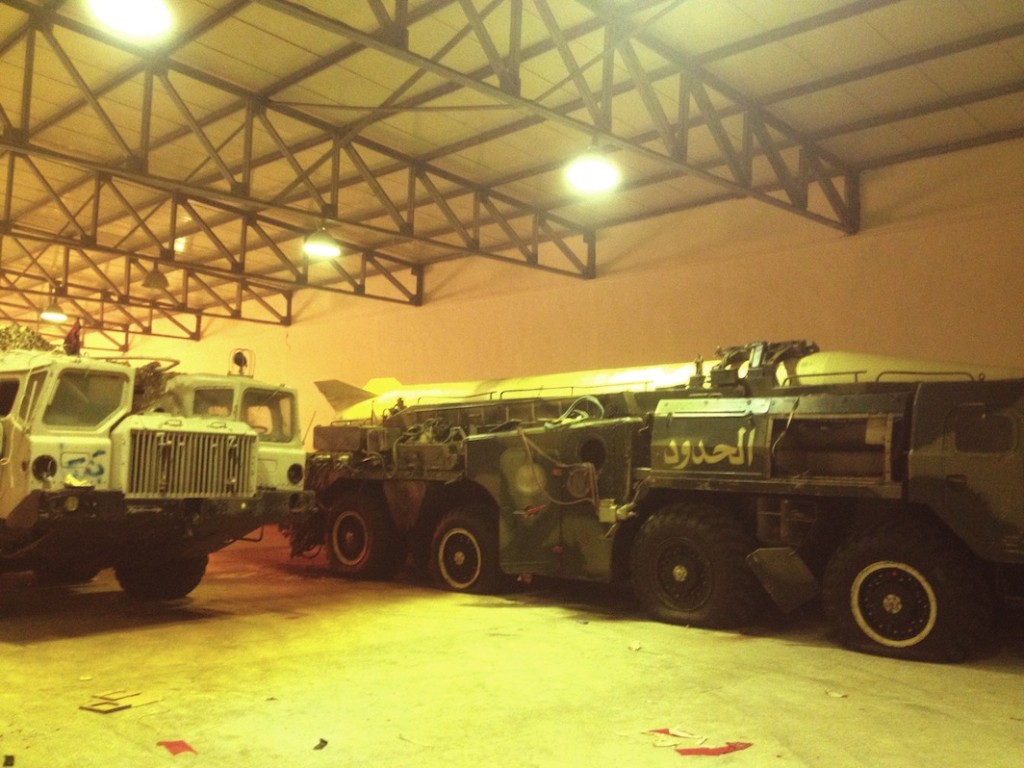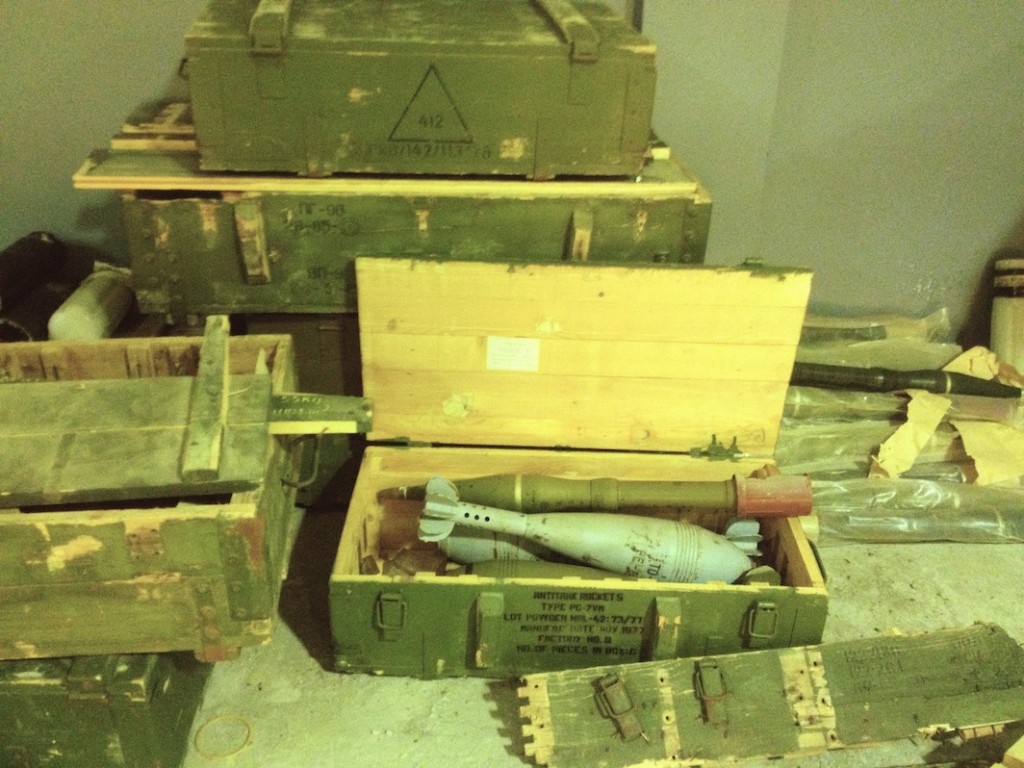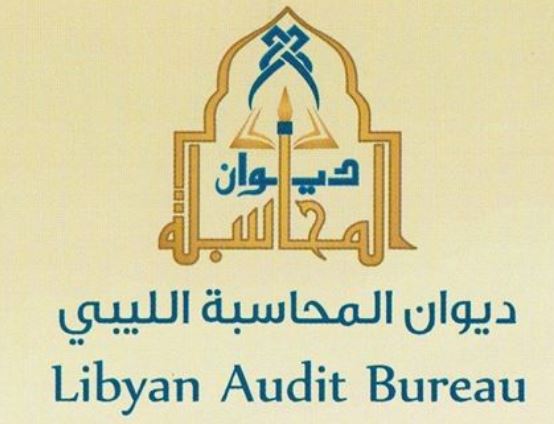By Umar Khan.

Tripoli, 2 August:
The International Human Rights Council (IHRC) of Harvard Law School says that weapons abandoned during the revolution . . .[restrict]pose a grave danger to Libyan citizens.
A report on the issue was released today by IHRC of Harvard Law School in partnership with the Campaign for Innocent Victims in Conflict (CIVIC) and the Center for American Progress. The report focuses on the presence of unstable ordnance in and around civilian areas in large numbers across Libya and the threat to the civilians.
“These weapons may have been abandoned, but their ability to harm civilians remains intact,” said Bonnie Docherty, leader of the Harvard research team, in a press release. “We’ve seen firsthand the risks they pose to ordinary Libyans and how they urgently need to be secured or destroyed before they can harm another civilian.”
The co-author of the report and currently a fellow with CIVIC in Libya, Nicolette Boehland, told Libya Herald that this is a massive problem and should be made top priority. “The scale of the problem is huge and it should be dealt with on urgent basis.” She also adds that “it is the perfect opportunity for the newly-elected members to come up with a national plan and give priority to the issue to save civilian lives.”
According to the report, the abandoned weapons from the vast arsenal of the former regime are still threatening the civilian lives as there is no special effort from the transitional government to clear the munitions. The confusion within the government about which agency had jurisdiction over the problem is also slowing down the overall efforts. It also says that the government has provided “virtually no support to the UN or other non-profit organisations doing most of the work”.
The report titled Explosive Situation: Qaddafi’s Abandoned Weapons and the Threat to Libya’s Civilians, released on Thursday, was researched and written by a team of the IHRC. It did in-country research and interviewed dozens of the representatives of the UN and non-governmental organisations, national and local government officials and community members.
The report call on the government to take immediate measures to either secure or to destroy all the unstable ordnance endangering the lives of civilians. It calls for a national plan to clear all the abandoned weapons. It also recommends cooperation between the different agencies and also asks the authorities to make the funds available to the non-governmental organisations to help work on the issue. It also suggests that the government should come up with a national plan to promote risk education and ensure that the victim assistance programs provide sufficient care to the victims.
Yesterday Libya Herald saw firsthand the scale of the potential threat posed by stockpiles of unstable ordinance. As members of Tripoli’s Supreme Security Committee (SSC) opened the doors of a warehouse on the outskirts of the capital a cloud of what felt to be acid gas greeted them and other members of the press. The unidentified gas made it difficult to breath in the warehouse and left those present coughing for hours afterwards.
The potential effects of such an environment are of great concern considering the building’s contents. Alongside thousands of canisters of self-propelling artillery munitions and on a floor strewn in places with mortar rounds was a KH-55 Granat missile, the Russian equivalent of the American ‘Tomahawk’. The missile’s lorry-sized launcher sat alongside an identical unarmed vehicle.

All of the munitions were corroded to a lesser or greater extent. The self-propelling artillery rounds showed particularly bad signs of rust. Whether this was a result of the unidentified gas or simply the passage of time was unclear.
The SSC are due to hand the weaponry over to the Ministry of Defence, however, there must be serious concerns as to whether such a vast collection of aged explosives may be a danger to the public, especially if attempts are made to transport them.
“This looks like a major explosion waiting to happen”, said one of the journalists there.
With input by Al Russell
Umar Khan can be found on Twitter at www.twitter.com/umarnkhan [/restrict]








